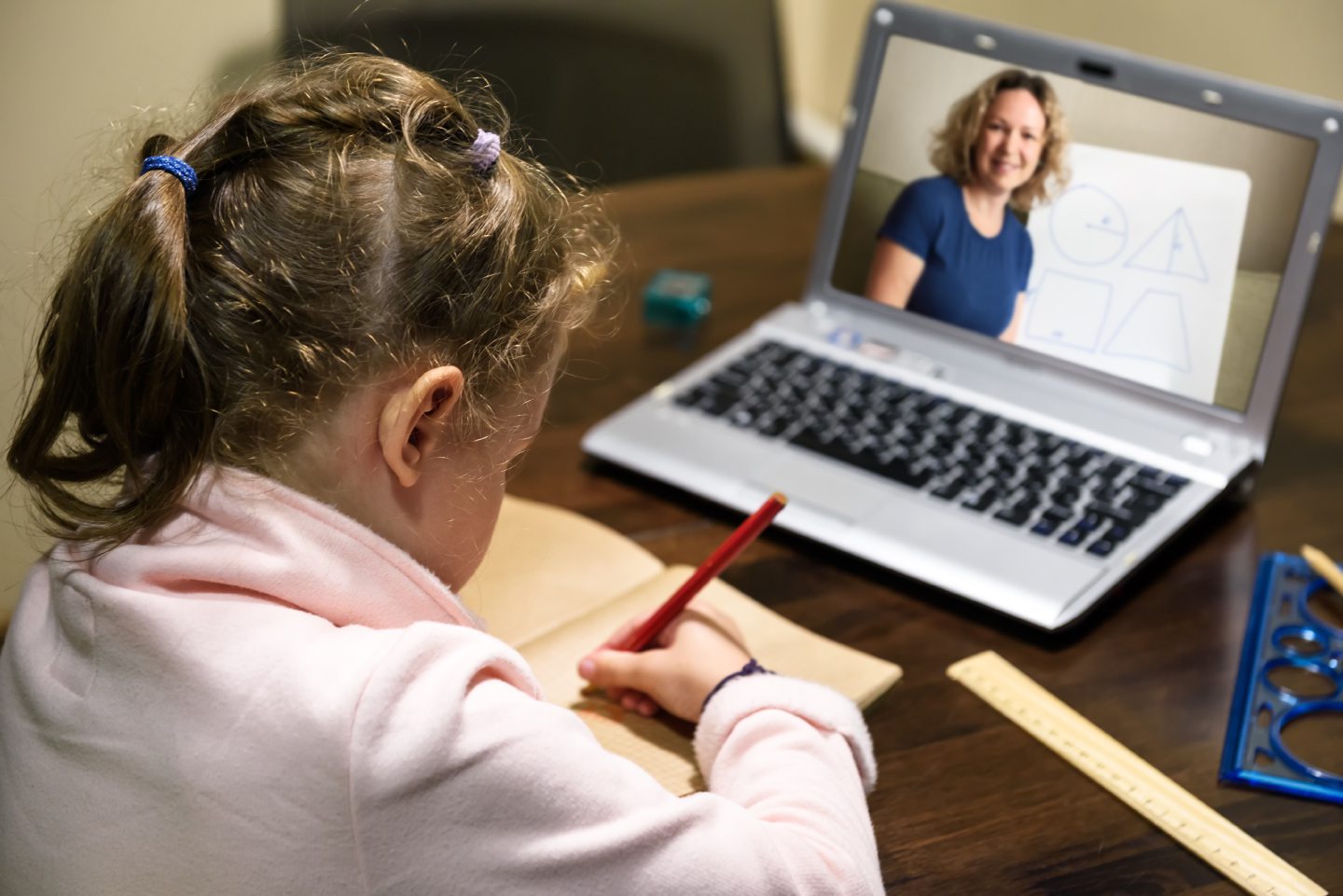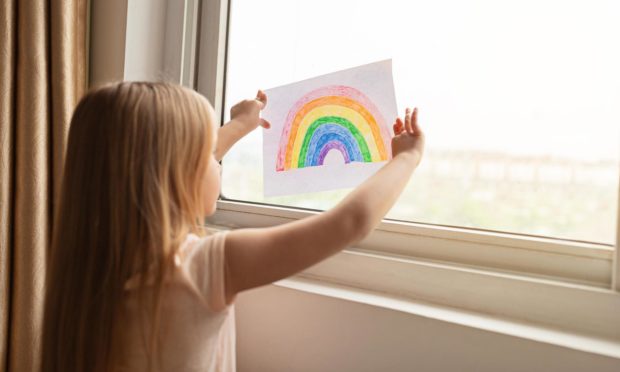Being a child or a teenager is often associated with leading an easy life, being looked after and not really having a care in the world.
Whilst this somewhat naïve idea of growing up has never been the reality for all young people, this past year has certainly been the opposite for many.
Uncertainty over classes and exams, being separated from friends and a large part of their support network, many young people’s mental health has suffered. So, on the occasion of Children’s Mental Health Week 2021, how can you help your kids make sense of 2020 and 2021 and the current situation?
First of all, we cannot overestimate just how challenging the last year has been for children and young people. The same is true for adults, however, simply by being older, we have had to cope with changes more often throughout our lives and have had more opportunities to develop coping strategies.
Younger people on the other hand are often used to very structured lives. School and later university dictates their daily schedule and provides structure. This leads us to feel ‘safe’: life becomes predictable when, for example, we know how many more weeks are left until the next school holiday and at what time we need to get up in the morning.
Especially in stressful situations, having a routine and therefore a degree of certainty is key to coping successfully with this stress. So creating a schedule for your kids at home is one thing to give their upended lives a degree of structure. This can include homeschooling lessons as well as social time, such as catching up with their friends, even if this needs to be done virtually.

Be honest with them
Another key component of helping your kids deal with the uncertainty of the current situation is to be honest with them when it comes to your own feelings. Explain that you are finding it challenging, too, to be an impromptu teacher and talk about how you can combine their schooling with your own work.
Now would also be a good time to explain to your children that change is part of everyone’s lives. Whilst making plans is important to give us a purpose and a goal, it’s equally important to be able to develop the ability to adapt.
Spending the majority of our time at home has the potential of letting families grow closer. However, respecting your children’s privacy and giving them some room is just as crucial. Especially teenagers and older children would spend a considerable amount of time socialising outside their family home. Right now, seeing their friends virtually is often all they can do.
There is no one-size-fits-all recommendation that will allow you to address every single situation.”
As a parent you can help create opportunities for this, although you may find that your kids have already got their favourite means of communication in place. Being confined to close quarters may lead to emotions running higher than you would see if both you and your kids had other outlets. Your children need to know that they are being taken seriously. At the same time, however, giving them a bit of room can go a long way towards calming things down.
There is no one-size-fits-all recommendation that will allow you to address every single situation. However, one element remains the most important in helping your kids through – potentially – another year of uncertainty, and that is communication. Being available for your kids to share their concerns and worries, often only listening to them, can make a great deal of difference. No one expects you to have all of the answers for all situations.
One positive side of the restrictions of the past year has been the development of extensive online resources. This is no longer restricted to guidance only. You will find that you can access professional mental health services including one-on-one consultations online also. This may not be the same as meeting in person, but it is much better than not asking for support and having to go it alone.
Professor Ewan Gillon is a chartered psychologist and clinical director for First Psychology Scotland with centres in Aberdeen and Inverness.
